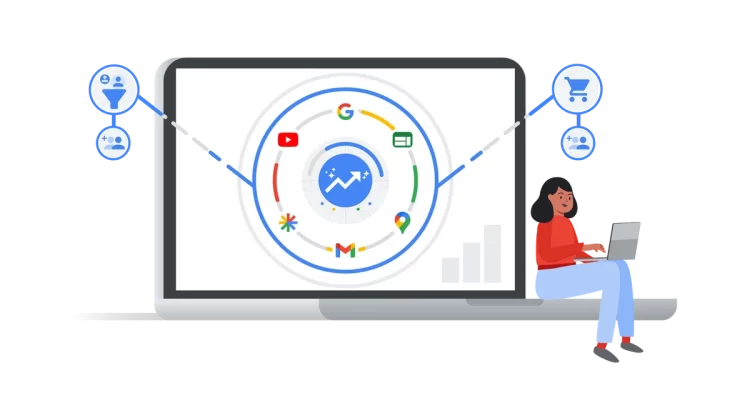
E-commerce has become a defining facet of the modern retail landscape, allowing businesses to connect with consumers on a digital level. With the increasing importance of online presence, digital marketing strategies, particularly through the use of Google Ads, play a pivotal role in the growth and profitability of e-commerce ventures. Driving traffic and ensuring high customer engagement through targeted ads can lead to higher sales conversions and, ultimately, increased profit margins.
The integration of advanced tools and features in Google Ads, including image extensions and machine learning, enables merchants to present their products in a more compelling way. Effective utilization of these innovations can lead to a more streamlined shopping experience for consumers. This strategic approach to ad campaigns involves not just reaching out to potential customers, but also providing them with a smooth and enticing path to purchase, enhancing both engagement and the potential for profit.
As e-commerce continues to evolve, staying abreast of the latest digital marketing trends is crucial for businesses looking to gain a competitive edge. Google Ads offers a dynamic platform for companies to reach their target audience efficiently. By carefully crafting ad campaigns, optimizing bids, and utilizing available features and extensions, e-commerce entities can significantly boost their online visibility and cater to the shopping needs and preferences of today’s consumers.
Strategies for Enhancing E-Commerce Growth
In the landscape of digital commerce, harnessing the power of Google Ads can catalyze significant growth and profitability. Skillful optimization of ad campaigns and astute use of analytics are pivotal to distinguishing an e-commerce platform in a competitive market.
Leveraging Analytics for Profitable Google Ads
The deployment of analytics forms the backbone of profitable Google Ads campaigns. By dissecting performance data with Profitmetrics, e-commerce businesses can pinpoint which ads resonate with their audience and yield the highest engagement and conversions. A focused approach involves:
- Assessment of Key Metrics: Identifying metrics like click-through rate (CTR), conversion rate, and return on ad spend (ROAS) to measure ad effectiveness.
- Customer Segmentation: Utilizing demographic and behavioral data to create targeted ad groups, ensuring ads reach the most receptive segments.
Optimizing Ad Campaigns for Maximum Impact
Optimization is the iterative process of fine-tuning Google Ads to enhance overall performance and gain a competitive advantage. The core strategies include:
- A/B Testing: Running simultaneous campaigns to test different ad elements, such as headlines, descriptions, and call-to-actions, to determine which variations drive the best results.
- Bid Adjustments: Modifying bids based on device performance, locations, times of day, and other factors to maximize ad visibility and profitability.
In a constantly evolving industry, embracing cutting-edge technology and strategic optimizations can foster sustained growth for e-commerce platforms.

